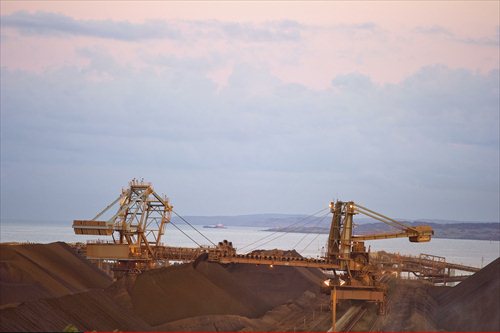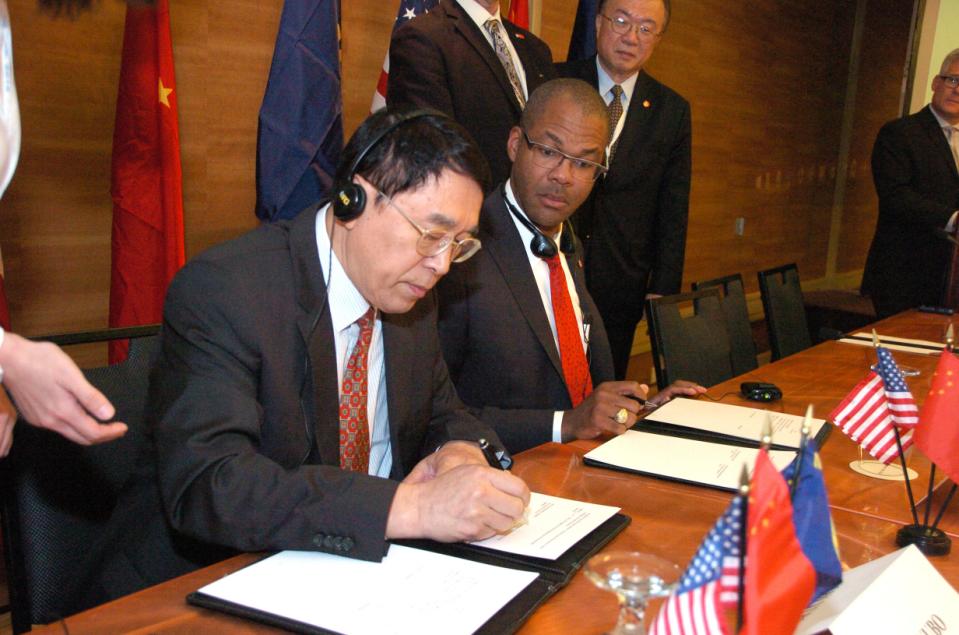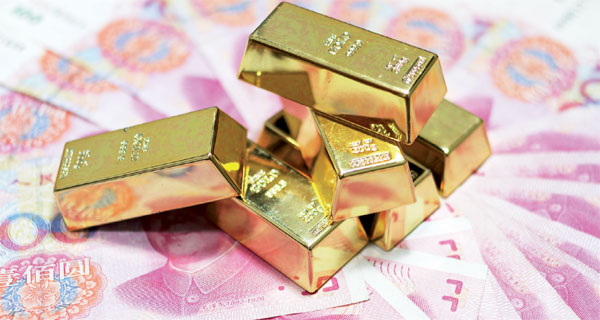Chinese companies meet resistance when investing in Australia
Source: www.chinamining.org Citation: Global Times Date: August 31, 2015
Australia is China`s second largest target country for foreign investment. It is also the country where Chinese companies encounter the most "troublesome projects" when they invest abroad. Although challenges exist, Chinese companies have learned some valuable lessons that have helped them come up with new ways to succeed overseas.
 |
| The Rio Tinto Iron Ore Parker Point export loading facility in Dampier, Western Australia`s Pilbara region. The facility is part of the mining operation of British-Australian mining and resources company Rio Tinto. File photo: CFP |
When Hu Yaobang, former general secretary of the Communist Party of China Central Committee, paid a visit to Australia in 1985, he was invited by former Australian Prime Minister Bob Hawke to visit the Pilbara region of Western Australia, the largest iron ore producing area in the world.
Years later, Hawke still remembered the details of that day when he picked up a piece of red iron ore and handed it to Hu, who then carefully put it into a pocket of his suit.
In 1987, China Metallurgical Import and Export Co purchased a 40 percent stake in Channar, a company under British-Australian mining giant Rio Tinto.
The deal marked China`s first important overseas investment project since the reform and opening-up in late 1970s.
China Metallurgical Import and Export Co merged into the State-owned steel company Sinosteel Corp in 1993.
In recent years, thanks to a A$27 billion surge in investment, China has overtaken the US (A$17.5 billion) as the largest foreign investor in Australia, according to a report released in 2014 by the Australian Foreign Investment Review Board (FIRB).
Australia has also become China`s second largest target country for overseas investment, according to the report.
However, Chinese companies that seek to make large-scale foreign investments are likely to encounter the most "troublesome projects" in Australia.
"Australia relies deeply on Chinese markets as China`s investment has soared year by year," a person close to FIBR was quoted as saying by the Hong Kong-based Phoenix Weekly magazine on Wednesday, noting that this situation has mingled hope and fear.
Although Chinese companies have had their share of difficulties while investing in Australia, some successful cases have lessons worth learning.
The secret of soccer teams
In March 30, 2012, Chinese telecom equipment maker Huawei Technologies Co invested $1.7 million to sponsor the Canberra Raiders soccer team.
The Raiders weren`t a great team, and the investment did not attract much attention, though one of its council members was Dennis Richardson, former director-general of the Australian Security Intelligence Organization.
Australian media interpreted the sponsorship as "Huawei`s attempt to pave road for future bids by sponsoring the soccer team owned by an influential Australian politician."
At that time, the US government had accused Huawei of posing a risk to its national security.
Under this influence, the Australian government disqualified Huawei from bidding for a National Broadband Network (NBN) project worth A$38 billion.
Still, its soccer strategy gained recognition within the company. Apart from renewing the contract with Raiders, Huawei announced in April this year its partnership with Gold Coast Suns, another team in the Australian Football League.
The Australian`s report cast the public spotlight on Huawei for the first time. It was Huawei`s first credibility crisis in Australia.
The company then began a bold trial. It created a board of directors in Australia to raise the company`s prestige and deal with the doubts and questions posed by the Australian government and media.
The board of directors was considered something of "dream team" because it included several Australian political heavyweights, including the former foreign minister Alexander Downer and former Victoria state premier John Brumby.
John Lauder, the former commander of the Royal Australian Navy, chaired the board.
Huawei continued to provide services to Australian telecom companies, and won orders for Australia`s network construction from Singapore Telecom and the British mobile phone giant Vodafone.
To clear up the doubts concerning the potential security threats that Huawei might pose to the country, Lauder suggested publicly that the Australian government should establish a security evaluation center to reduce the potential risks.
Government pressure makes up only a small part of the difficulties that Huawei encountered in Australia, Lauder said. The company`s bigger problem was that so few people had heard of it.
"In Australia, the company has to face politicians, business groups, the communications industry and the public; thus, various strategies are required," Lauder said.
Huawei tried hard to win public recognition in Australia through sports marketing, and the outcome seems sound.
`Australian mentality`
Australian newspapers paid close attention to news about China, especially concerning its stock markets, manufacturing, luxury market and investment policies for the retail sector.
Every move that China makes can impact Australia`s economy, the person close to FIRB told Phoenix Weekly.
For example, the price of iron ore has taken an unprecedented fall since 2014, leading the Australian media to declare that the country`s commodities boom was coming to an end.
According to its annual report on August 6, Rio Tinto`s net profit for the first half of 2015 fell 82 percent year-on-year to $806 million.
Analysts attributed the company`s plunging profits to the slowdown of China`s economy and its diminished demand for bulk commodities.
China`s investment in the mining industry and energy industry has undergone a major decline since 2013, according to a report released by KPMG and Sydney University in early 2014.
"Australia needs to make more effort to attract investment from China, given the increasingly intensified global market," said Doug Ferguson, head of KPMG`s Asia Business Group.
It was said so because there has been a type of mentality among the locals in recent years that Australia hopes to develop its economy with China`s abundant capital while worrying that these investments would run counter to the country`s interests because its resources will be sent to China.
Based on a public opinion poll conducted in 2014 by Lowy Institute, an independent international policy think tank, more than 31 percent of respondents regarded China as Australia`s best friend, overtaking Australia`s traditional ally Japan (28 percent). At the same time, 56 percent of respondents said that China had invested too much in Australia.
The results illustrates the dilemma faced by Australia`s Department of Finance, which is making adjustments to a series of policies, such as raising the threshold for investigations into foreign enterprises.
"The concerns are mainly about China`s large State-owned enterprises, which will be investigated in light of their relationship with the government, asset background and investment purpose," the person close to FIRB told Phoenix Weekly.
According to the current policies, China`s State-owned enterprises must get permission for investment from FIRB, regardless of the scale.
Under the "One Belt and One Road" initiatives, China`s overseas investment will continue to surge as more and more companies go global.
It seems that Chinese companies that plan to expand overseas should try hard to figure out how to deal with this "Australian mentality."
About CHINA MINING
Since first held in 1999, the scope and influence of CHINA MINING has grown rapidly year by year. As a global mining summit forum and exhibition, CHINA MINING Congress and Expo has become one of the world’s top mining events, and one of the world’s largest mining exploration, development and trading platforms, covering all aspects of the whole mining industry chain, including geological survey, exploration and development, mining rights trading, mining investment and financing, smelting and processing, mining techniques and equipment, mining services, etc. playing an active promotion role in creating exchange opportunities and enhancing mutual cooperation between domestic and foreign mining enterprises.
CHINA MINING Congress and Expo 2015 will be held at Meijiang Convention and Exhibition Center in Tianjin on November 20th-23rd, 2015. We invite you to join the event and to celebrate the 17th anniversary of CHINA MINING with us. For more information about CHINA MINING 2015, please visit: www.chinaminingtj.org.





